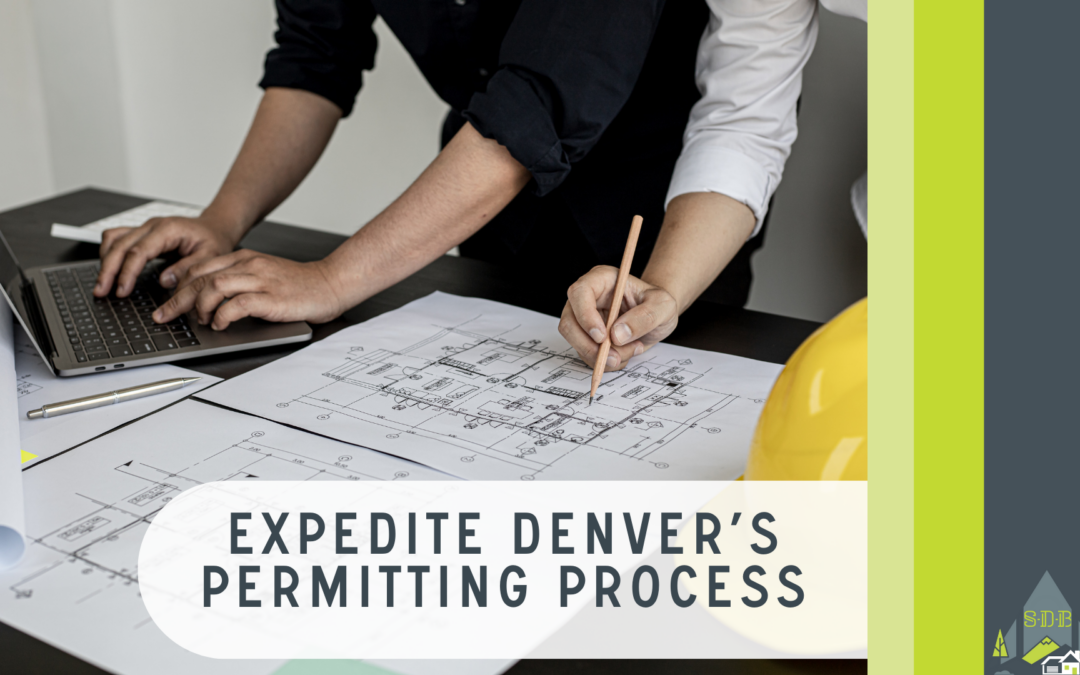
Sep 13, 2023 | The Construction Industry
For years now, Denver’s Permitting Process has been mired by lengthy delays, shortages of workers, and endless amounts of red tape. For both commercial developers and local homeowners, the Denver permit approval process can be a lengthy and challenging exercise that seems to always threaten a longer project timeline that incurs more cost.

Sep 1, 2023 | The Construction Industry
Denver is home to many superstars and athletes, and just south of the city is a well-known neighborhood called Cherry Hills. The Cherry Hills neighborhood has homes for people of interest such as John Elway, Nuggets center Nikola Jokic, Rockies player Kris Bryant, and more recently Broncos Quarterback Russell Wilson.

Aug 23, 2023 | Company News
In response to the prevailing trends in the housing market, homeowners seeking home additions are striving to optimize their property space. In previous times, numerous families and property owners were inclined to reside in a home for a specific duration before selling and advancing to a larger, newly constructed home. This was considered both an economically sound and strategic decision, as the properties being sold were often older and more affordable, presenting an ideal opportunity to accumulate equity. This equity could then be utilized for trading up to a newer, more upscale home later in life.

Aug 17, 2023 | Company News
It appears that in the near future, a renewable energy mitigation plan will be widely embraced across most of Summit County to counterbalance the greenhouse gas emissions stemming from various outdoor features, including hot tubs, for instance. Sustainable Design Build always encourages sustainability and green building practices for our amazing State, see what changes are being made and how that could affect your high-altitude home.

Aug 16, 2023 | Company News
As the brisk winds of autumn draw near, it’s time to shift our focus indoors and revamp our living spaces. Whether you’re a student or not, the allure of the new school year can still be embraced by infusing your home with captivating interior design notes inspired by the world of books. Some might call it Harry Potter-esque but the trendy theme has been given the moniker, Dark Academia. Drawing inspiration from the mythical, gothic, nature, and academic – Dark Academia has been picked up by trendy homeowners who are looking for a touch of functional elegance. What better way to get started on the new school year and prepped for the chillier times than with an interior design project to complete a recent custom home construction project?

Aug 9, 2023 | Company News
As the back-to-school season approaches, it’s not just the kids who are in for a fresh start – it’s the perfect time for parents to give their home a makeover too! With the hustle and bustle of the summer winding down and the kids getting back into their school routines, there’s no better time to focus on those home improvement projects you’ve been dreaming about. Sustainable Design Build is the perfect fit for your next home improvement project. Our industry-leading general contractor management process and communication will help deliver a custom home project that will have the whole family excited to come back home once the bell rings!
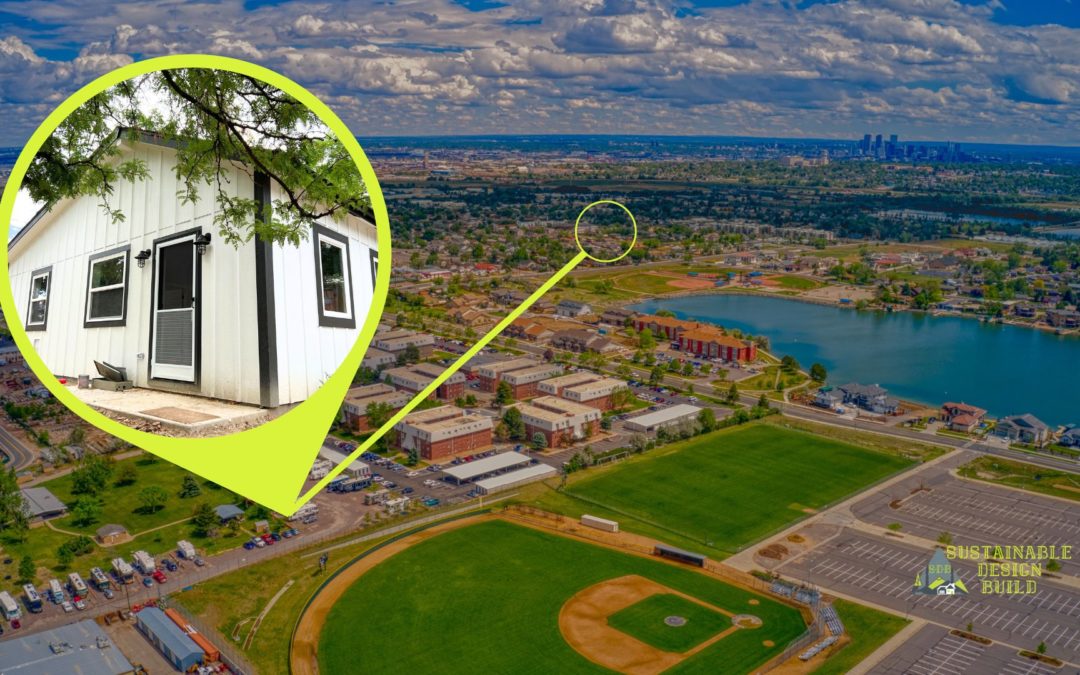
Jul 20, 2023 | ADU
The growing interest in Accessory Dwelling Units (ADUs) in Denver can be attributed to several factors. Housing market conditions are inspiring homeowners to different solutions, while the City Council’s rezoning of entire neighborhoods has opened up new possibilities. Families are also exploring the option of building ADUs to bring relatives closer or to invest in small rental properties. Despite the attention they’re receiving, the prevalence of ADUs in Denver remains limited, and this could be attributed to various reasons.
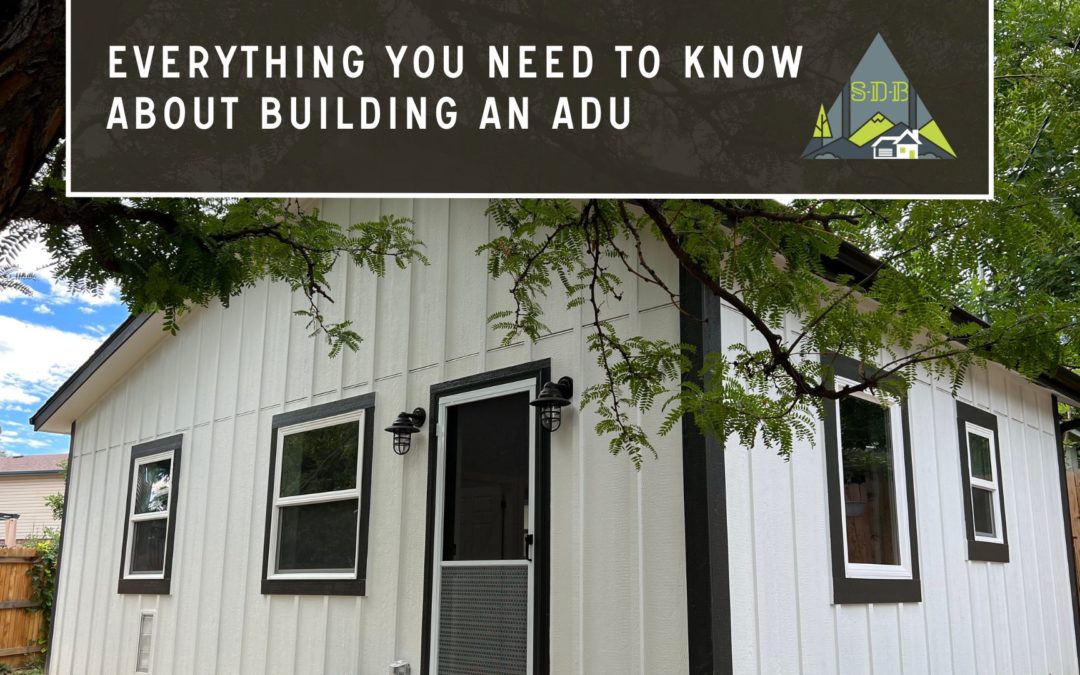
Jun 28, 2023 | Our Process, The Construction Industry
By definition, an Accessory Dwelling Unit, or ADU, is a secondary structure that is an independent dwelling that resides on the same property lot as the original home. These ADUs, although separate with their own mailing address, and water and sewer connections – are bundled together with the entire property lot and cannot be bought or sold separately. This unique characteristic makes Accessory Dwelling Units a desirable form of home improvement similar to that of a home addition. The additional space and perceived privacy benefits homeowners looking to offer housing solutions for their families or generate passive income via renting. The home goal of building an ADU in Westminster, Denver, Thornton, and more has increased over the years. However, despite their popularity, ADUs can be quite a complex home construction project. Let us provide some information to get you started and help get everything you need to know about building an ADU (Accessory Dwelling Unit).
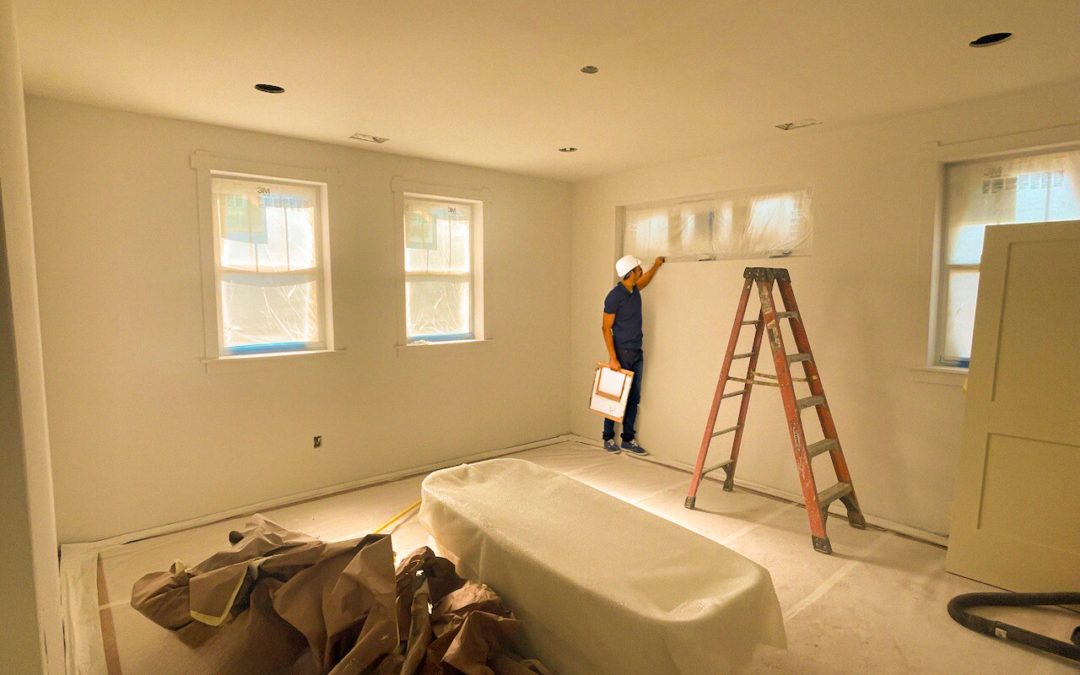
Jun 20, 2023 | Our Process, The Construction Industry
A leaky roof, sewage backups, faulty electrical work, and structural inconsistencies. These are challenges that prospective homeowners may expect when purchasing a previously owned house. However, when these types of problems are present after a whole home renovation or custom home construction project they come as a surprise. Unfinished work and poor craftsmanship can plague a home improvement project to the point of delays and costly change orders. Every contractor should strive to ensure these oversights never happen but it seems compounding issues making that goal difficult to achieve.

Jun 14, 2023 | Our Process, The Construction Industry
The Denver Nuggets have done it. Murray, accompanied by Nikola Jokic and the entire Nuggets team, responded to the summons of history on Monday evening, executing pivotal plays in the closing minutes of Game 5. Their remarkable performance resulted in a 94-89 victory over the Miami Heat, culminating in the franchise’s inaugural triumph in the league and the acquisition of the coveted Larry O’Brien trophy. The elated atmosphere at Ball Arena only heightened the jubilation of this momentous achievement, marking a significant milestone in the Nuggets’ 47-year journey.
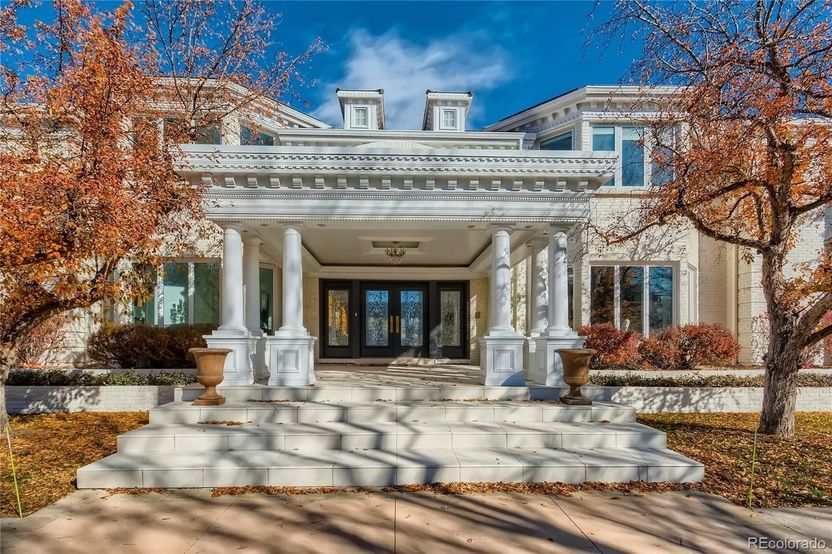
Jun 7, 2023 | Our Process, The Construction Industry
We ventured deep into our own neighborhoods of Denver and the surrounding metro area to explore the homes of Nikola Jokic and his teammates. Although the Nuggets may not be considered a superteam (according to some), the players possess real estate that exudes superstar-caliber status.
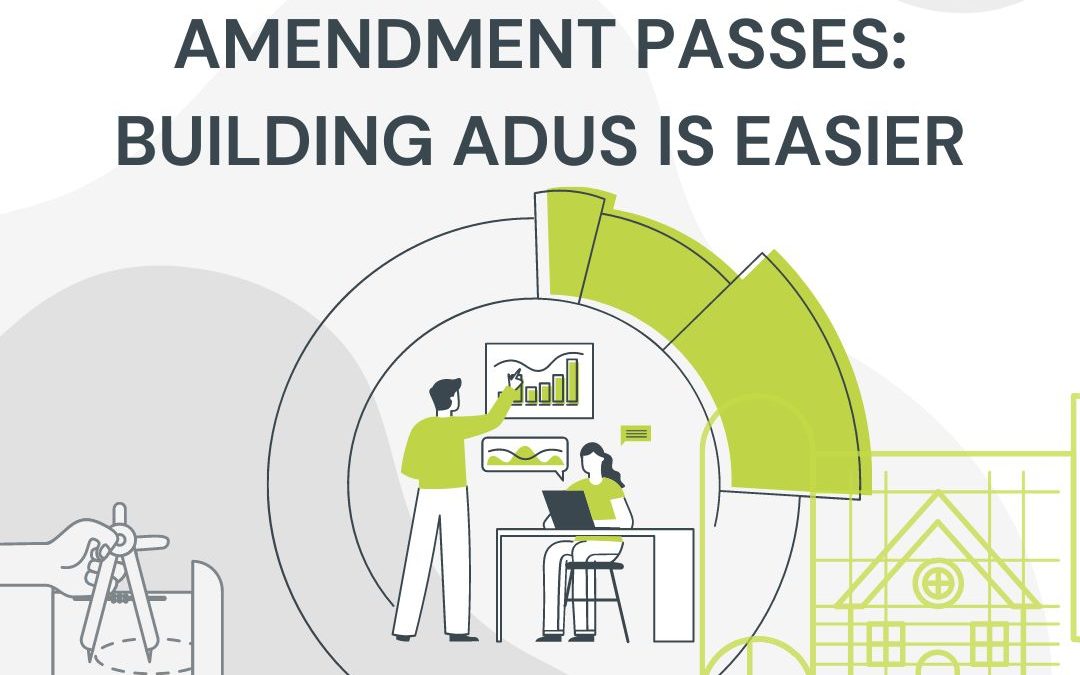
Jun 6, 2023 | Our Process, The Construction Industry
Building ADUs in Denver can be a loft challenge, since the uptick in interest by residents many homeowners have found themselves dissuaded from building an ADU for their property. Challenges that span from surprising costs, lack of builders, but most notably the confusing restrictions found in Denver’s Zoning code. However, on Monday, Denver’s City Council passed an ordinance that amends the Devner Zoning Code and the Former Chapter 59 Code. This amendment should allow for more flexibility and leniency when it comes to building an ADU, but there are some caveats.
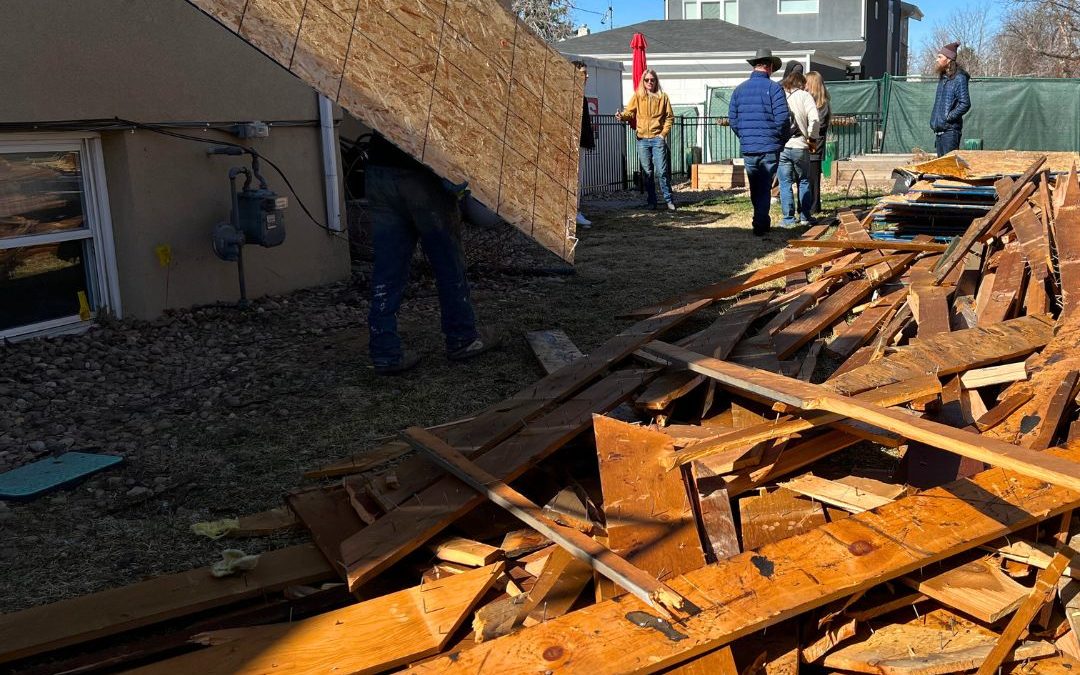
Jun 1, 2023 | Our Process, The Construction Industry
Denver is actively seeking ways to improve sustainability and eco-friendly aspects of daily life, and that also includes construction. Starting on June 1, 2023, Denver is rolling out its Waste No More ordinance which will require nearly all construction and demolition projects to separate and recycle certain materials. This ordinance comes quickly after the recent approval of Ballot Initiative 306 back in November 2022. With this new requirement for construction projects citywide, homeowners, property owners, and construction companies can expect another layer of approvals before a construction permit can be issued. Let’s take a closer look at Denver’s Waste No More ordinance and what that means for your future construction project.

May 22, 2023 | Our Process, The Construction Industry
Colorado and the rest of the States have been buzzing with the latest news about Denver Nuggets. Specifically, the NBA Star Nikola Jokic, has been in the running for being Colorado’s most outstanding professional athlete. In the spirit of this year’s NBA finals and recent series success for the Denver Nuggets, here are some random facts about Nikola Jokic!
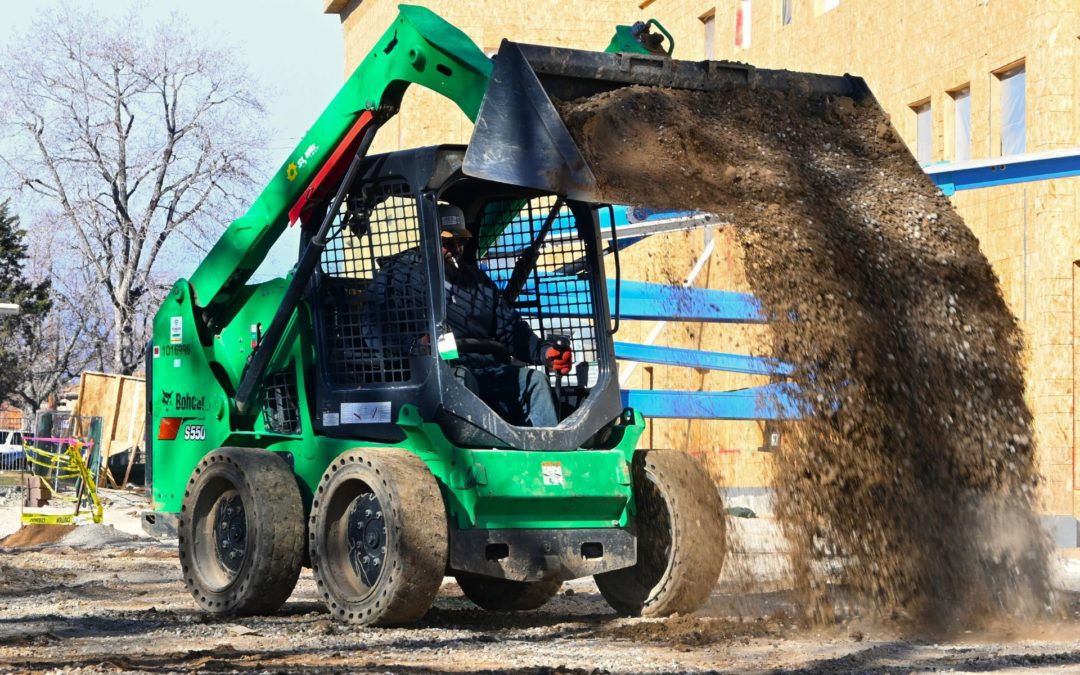
May 22, 2023 | Our Process, The Construction Industry
The Montclair neighborhood of Denver was recently exploring the possibility of rezoning a large portion of properties for accessory dwelling units or ADUs. The residents of both Montclair and Mayfair should have a majority disinterest towards rezoning the neighborhood, prompting Councilmembers to abandon the move.

May 12, 2023 | Our Process, The Construction Industry
From a recent Bisnow Denver article, Denver claims its Permit Times has been cut almost in half since November of last year. If this is true, this will be a great benefit for residents and builders looking to perform some kind of construction soon. Denver’s Community Development and Planning Department have long been plagued with a notorious problem of extensive delays surrounding its permit approval times. In fact, the most recent record number of delays was seen just a few weeks ago when the Average Time to Permit Approval reached well over 300 days.
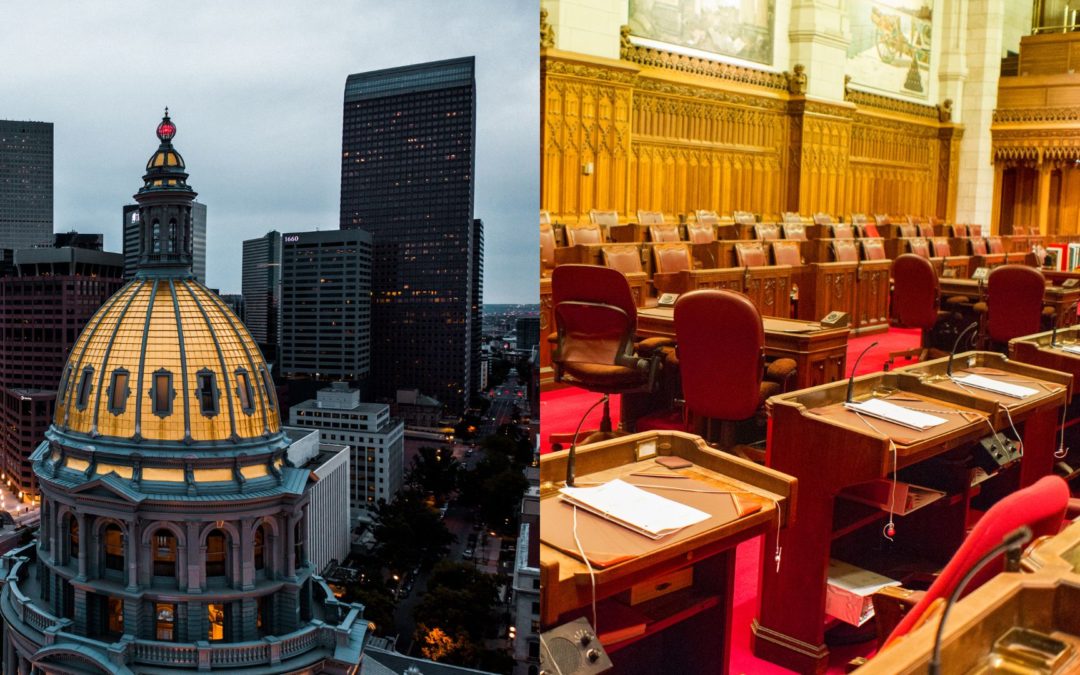
May 4, 2023 | Our Process, The Construction Industry
Senate Bill 23-213, or SB23-213, has passed just recently which aims to amend legislation to help promote Colorado Affordable Housing. While this bill is hailed as a great step in the effort for aiding dense populated towns and cities, many are saying there is more to do. Coalitions of advocacy groups are calling for the Senate House to add zoning regulations to the bill so that zoning will become a state government matter rather than a local municipality one.

Apr 22, 2023 | Our Process, The Construction Industry
Earth Day is here and we are reminded just how precious and important our environment is. While not everyone has to be a tree-hugger or an eco-nut, it doesn’t much effort to make simple but impactful decisions for the benefit of the environment. In fact, some Denver residents can see some greenbacks in their wallets for their time. Sustainable Design Build loves having a sustainable eco-friendly mindset, so here are a few ways Denver homes can save some money when going green this Earth Day following this article by 5280.
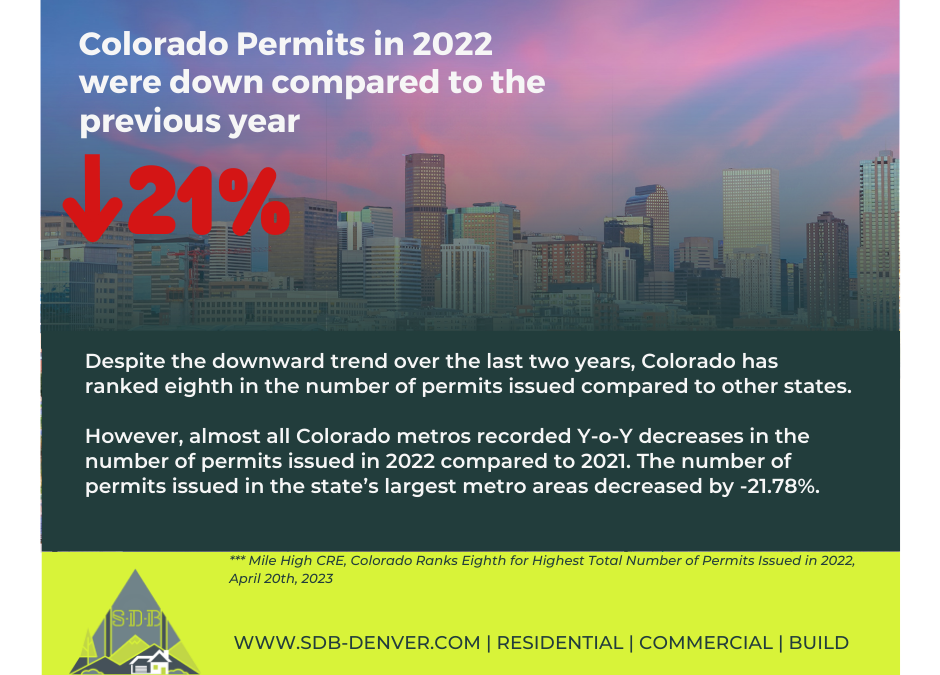
Apr 21, 2023 | Our Process, The Construction Industry
According to an article published by Mile High CRE, Colorado has placed itself as one of the top cities when it comes to issuing permits for new construction. As the report states, Colorado has broken out into the top ten states since 2015; for 2022 has ranked as eighth highest in building permits. Despite that ranking and research, Denver has been in a wary condition with its permitting operations. Mired by long plan review times, workforce shortages, material price volatility, and new regulations – the number of permits issued year-over-year is a small snapshot of the construction industry in Colorado.
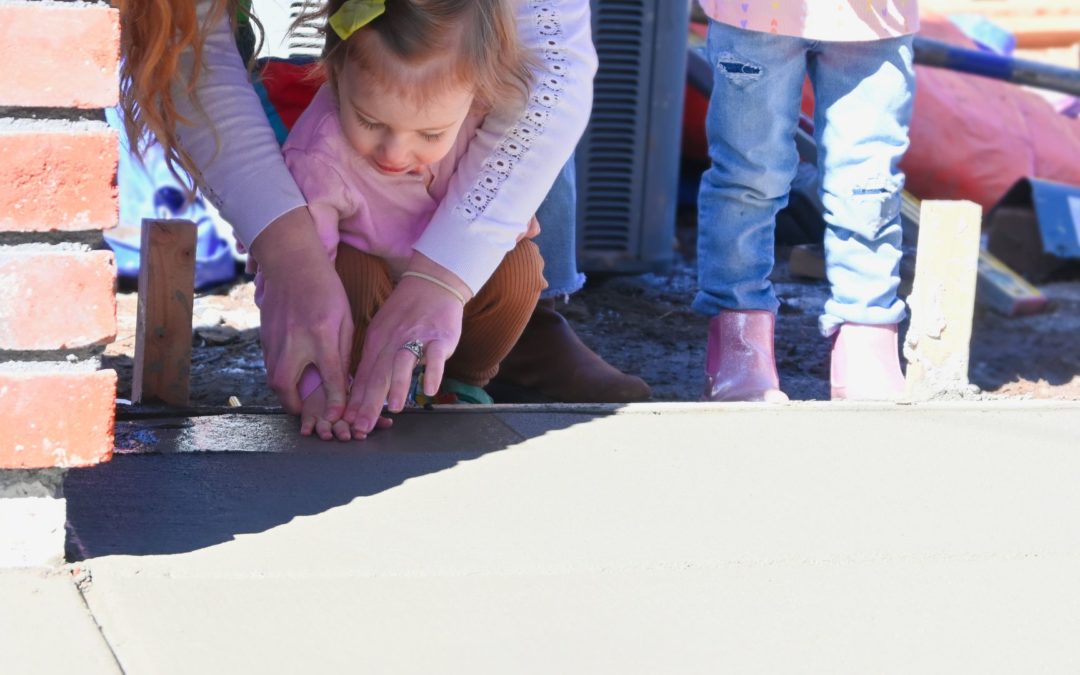
Apr 13, 2023 | Our Process, The Construction Industry
Sometimes builders and general contractors should take a step back and remember how personal their services are. When doing residential construction projects like home additions, remodels, and even ADUs, these projects are more than just another job. They are the homes of families who entrusted their space to be handled with care. That is why Sustainable Design Build approaches every residential construction project with a defensive mindset to ensure that absolute quality and safety are given to each home. And it is at times like these that our team here at Sustainable Design Build is reminded of that importance.
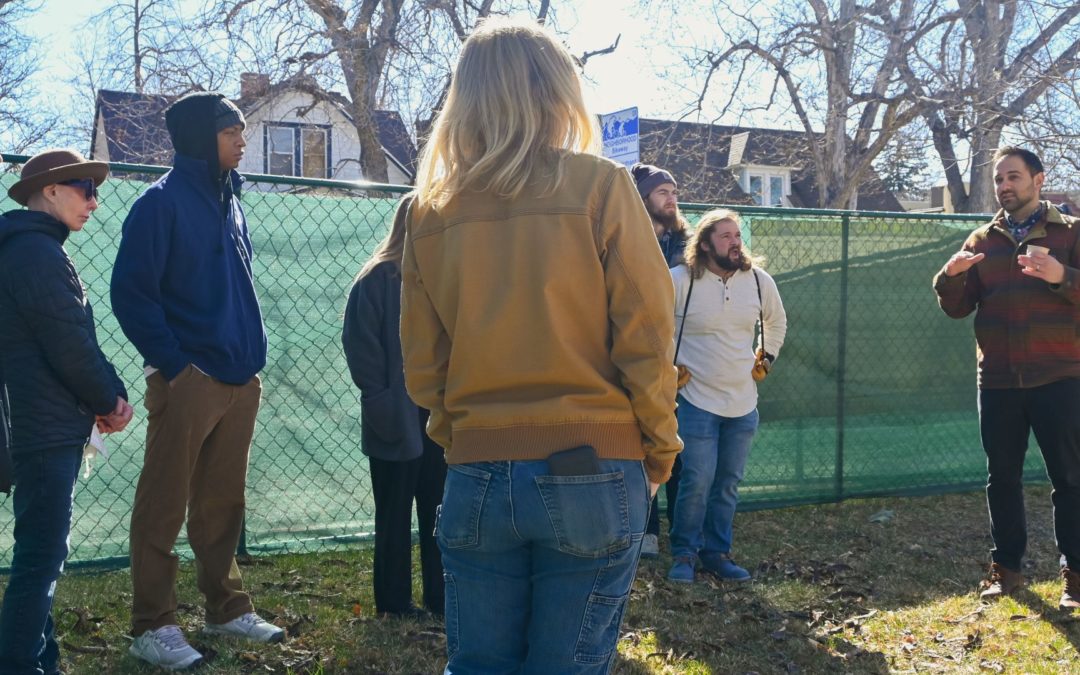
Apr 13, 2023 | Our Process, The Construction Industry
The upcoming Denver Mayoral Election is nearly over with the last day to vote on April 4 by 7 PM (Mail-in Ballots must be sent today, March 27th). Michael Hancock has been the long-time holding incumbent of the office for the last 12 years. This term, 17 candidates have their hats in the ring to become Denver’s new Mayor. With those candidates, a handful of them is calling for reform or improvements when it comes to Denver’s own construction and permitting process. For years now, the City and County of Denver have been plagued with increasingly long review and permitting times. A problem that has extended into both commercial construction and residential construction. Many argue (including these 4 candidates) the barriers in place are causing unnecessary delays, especially for a city that is combatting record lows in housing inventory and impressive highs in costs. Until something is done, the ever-growing backlog in the City’s Community Planning and Development Department will never be resolved.
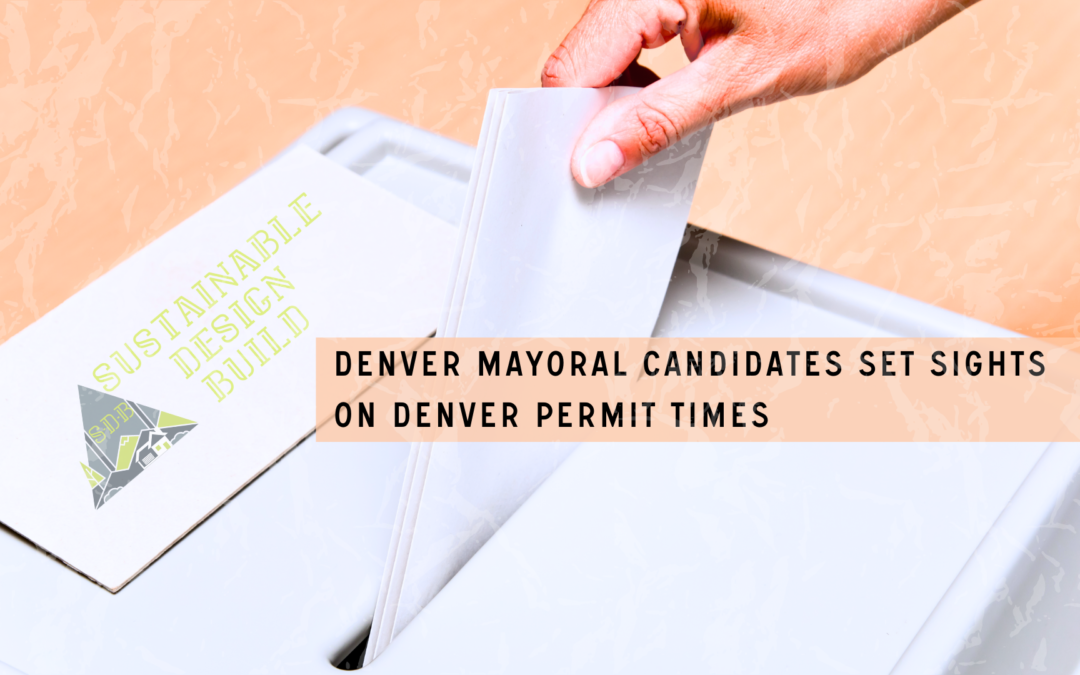
Mar 30, 2023 | Our Process, The Construction Industry
The upcoming Denver Mayoral Election is nearly over with the last day to vote on April 4 by 7 PM (Mail-in Ballots must be sent today, March 27th). Michael Hancock has been the long-time holding incumbent of the office for the last 12 years. This term, 17 candidates have their hats in the ring to become Denver’s new Mayor. With those candidates, a handful of them is calling for reform or improvements when it comes to Denver’s own construction and permitting process. For years now, the City and County of Denver have been plagued with increasingly long review and permitting times. A problem that has extended into both commercial construction and residential construction. Many argue (including these 4 candidates) the barriers in place are causing unnecessary delays, especially for a city that is combatting record lows in housing inventory and impressive highs in costs. Until something is done, the ever-growing backlog in the City’s Community Planning and Development Department will never be resolved.

Mar 28, 2023 | Our Process, The Construction Industry
The upcoming Denver Mayoral Election is nearly over with the last day to vote on April 4 by 7 PM (Mail-in Ballots must be sent today, March 27th). Michael Hancock has been the long-time holding incumbent of the office for the last 12 years. This term, 17 candidates have their hats in the ring to become Denver’s new Mayor. With those candidates, a handful of them is calling for reform or improvements when it comes to Denver’s own construction and permitting process. For years now, the City and County of Denver have been plagued with increasingly long review and permitting times. A problem that has extended into both commercial construction and residential construction. Many argue (including these 4 candidates) the barriers in place are causing unnecessary delays, especially for a city that is combatting record lows in housing inventory and impressive highs in costs. Until something is done, the ever-growing backlog in the City’s Community Planning and Development Department will never be resolved.

Mar 23, 2023 | Our Process, The Construction Industry
Sustainable Design Build is committed to providing Denver and the surrounding communities with a higher level of service when it comes to building homes. That also includes providing a better sense of security through tried and true safety protocols. Many of the home Sustainable Design Build work on with clients can be older homes that contain hazardous materials, commonly this comes in the form of asbestos. As one may know, asbestos was originally used for providing insulation to buildings but is now removed from homes and replaced with safe options. However, demolishing any part of a home can run the risk of increased exposure to asbestos. Therefore, there are certain safety procedures that Sustainable Design Build follows to safely build a custom home or finish a home remodel.
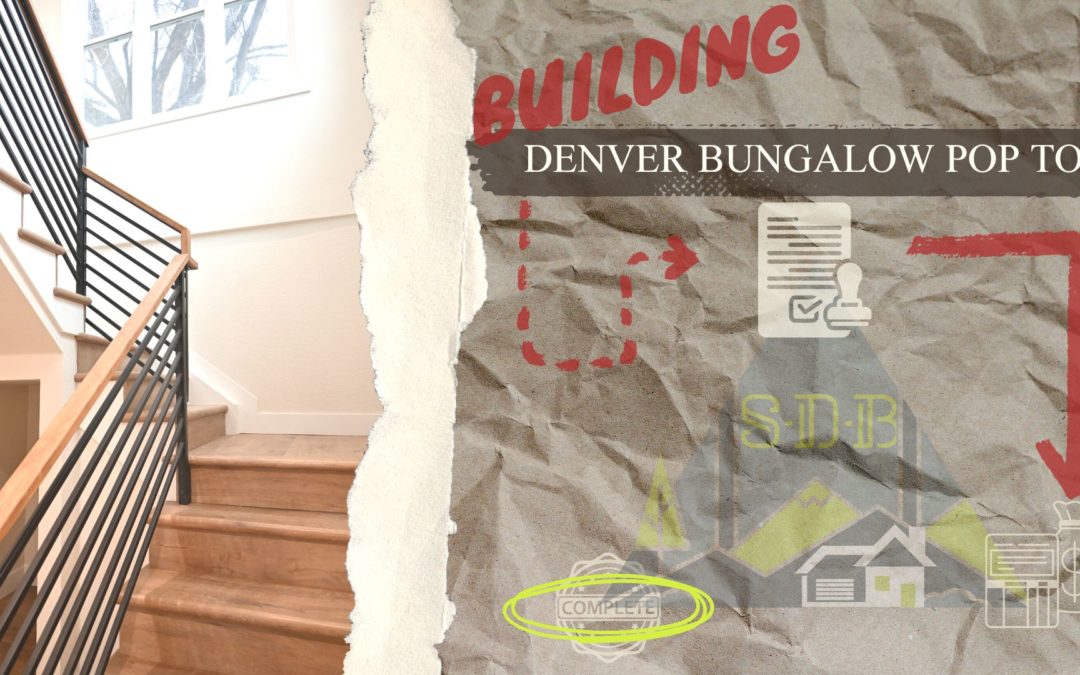
Mar 21, 2023 | Our Process, The Construction Industry
A Denver bungalow pop top is a second-story addition built onto an existing bungalow to increase square footage without expanding the home’s footprint. This upgrade allows homeowners to add bedrooms, bathrooms, and modern living space while preserving the neighborhood character. In 2025, pop top additions in Denver typically cost $425 to $525 per square foot and require a detailed permitting process through the City of Denver.
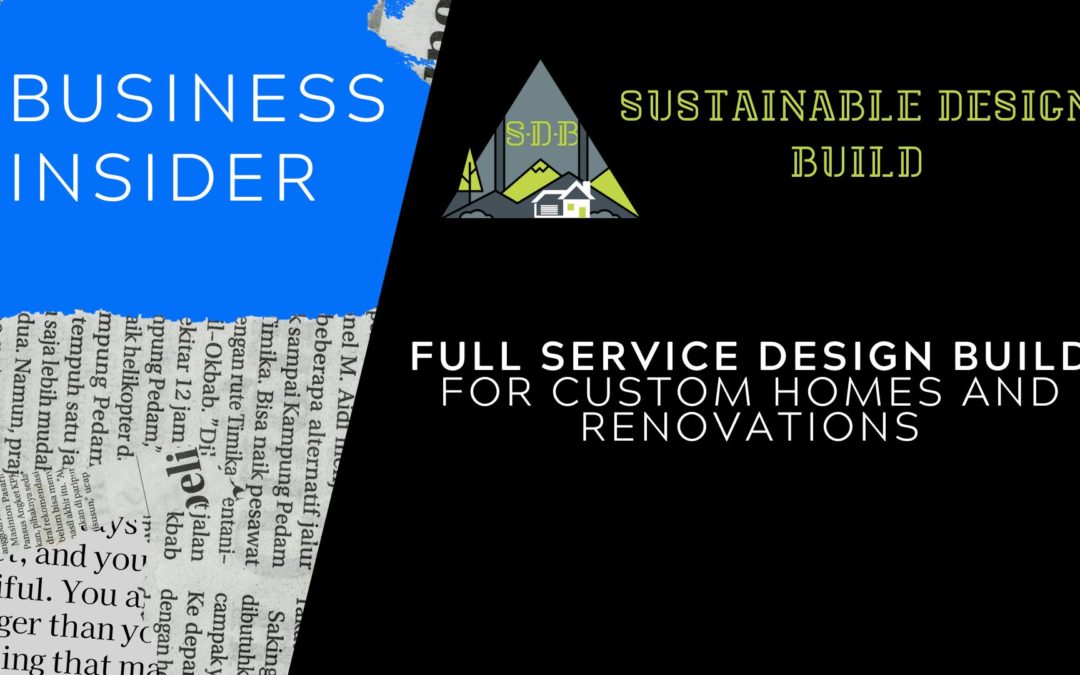
Mar 16, 2023 | Our Process, The Construction Industry
Denver residents who want to enhance or construct their homes can turn to Sustainable Design Build (SDB) and take advantage of their Full Service Design Build service. SDB puts sustainable and eco-friendly practices at the forefront of its construction and renovation process, starting from the initial design phase to the final build. They work closely with clients to create homes or buildings that meet their needs while minimizing their environmental impact.
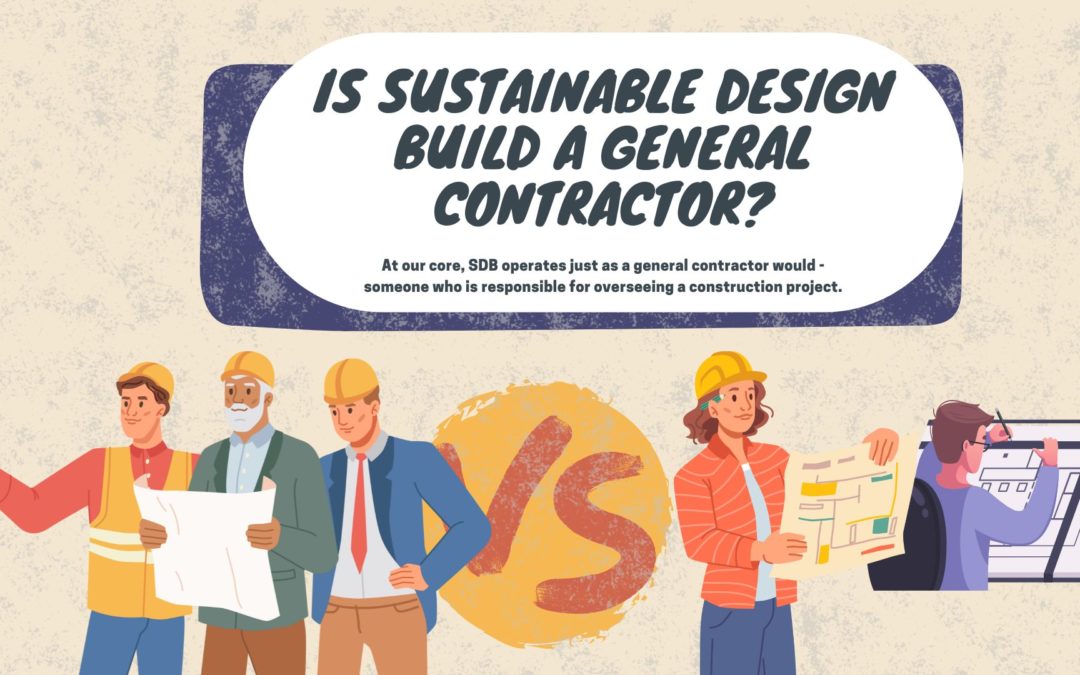
Mar 7, 2023 | Our Process, The Construction Industry
There are some key differences between a design-build company like Sustainable Design Build and a traditional General Contractor. However, at our core, SDB operates just as a general contractor would – someone who is responsible for overseeing a construction project but with more added benefits to clients in a singular package.
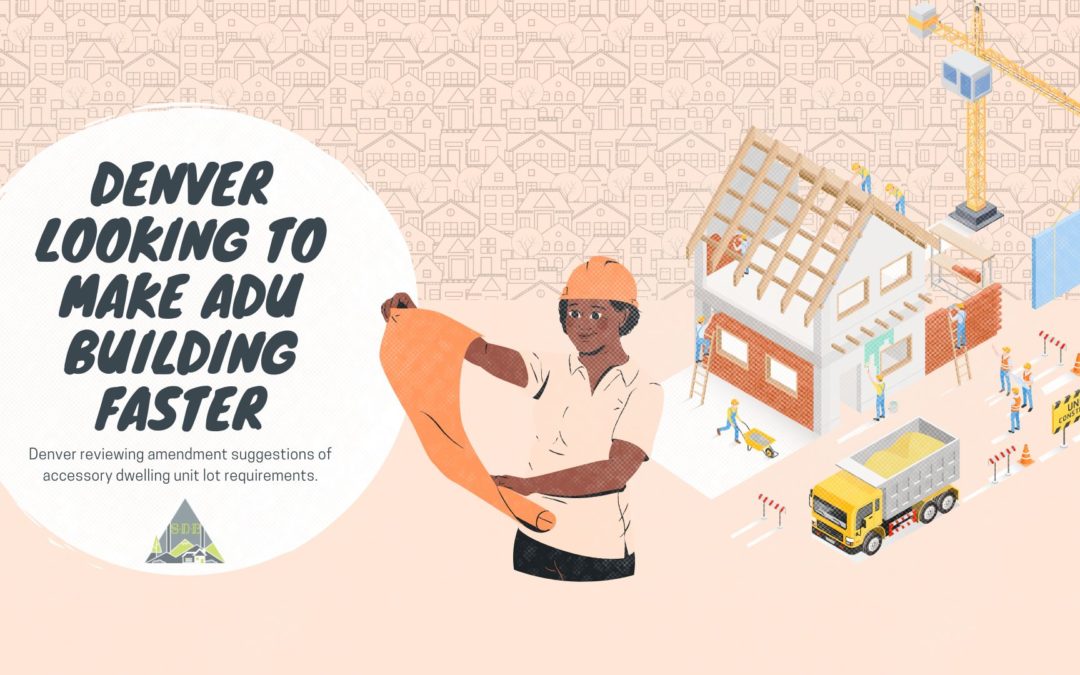
Mar 2, 2023 | Our Process, The Construction Industry
ADU building is not an easy home improvement project here in Denver. Despite its recent efforts to make it more streamlined, Denver’s Community Planning and Development department still has significant hurdles for homeowners to clear for the ADU building. These come in the form of several regulatory barriers to residential construction. Properties zoned to allow for the construction of ADUs must consider adequate setbacks, building height limits, minimum lot size requirements, maximum square footage, reuse of existing accessory structures (when applicable), and owner occupancy, among other factors.
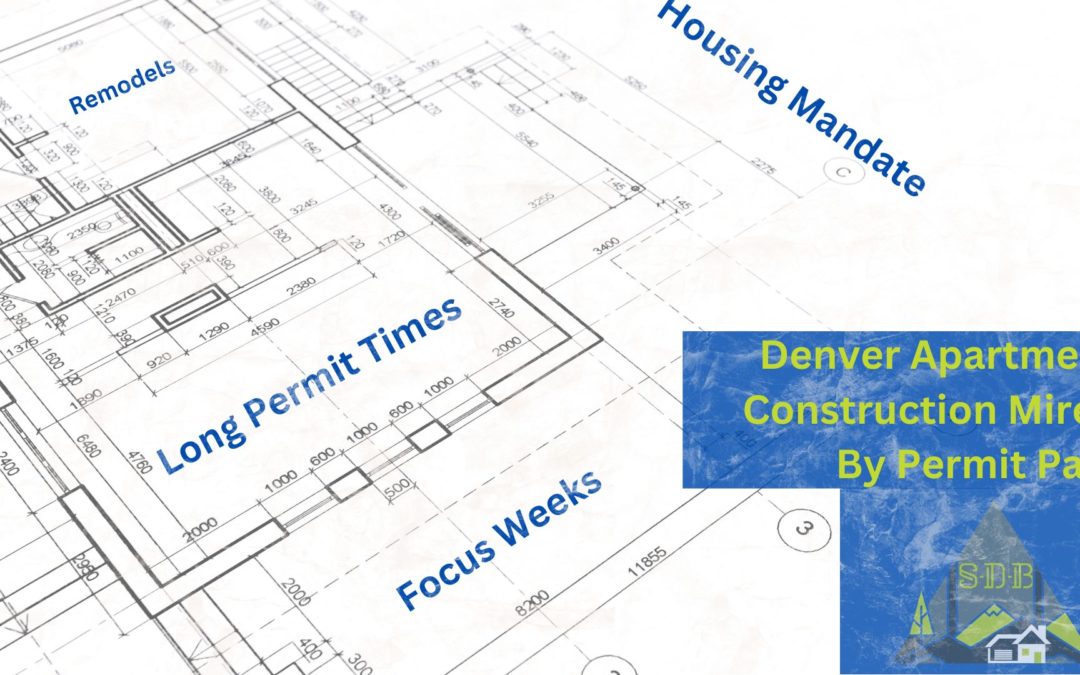
Feb 22, 2023 | Our Process, The Construction Industry
Construction in Denver has been hot in the last couple of years and the sheer volume of Denver’s Development and Planning Department is immense. But the increase in demand for more housing has developers breathing down the neck of the city’s review teams, expecting permit approvals in a timely manner. Unfortunately, a culmination of supply issues, workforce shortages, and shortsighted considerations Denver has been put in the spotlight for failing to deliver a service to help the development of its growing city. There does seem to be a fire lit underneath Denver’s review teams with more dedicated efforts to review plans for permits but the present pain can be felt all across Denver’s construction industry.
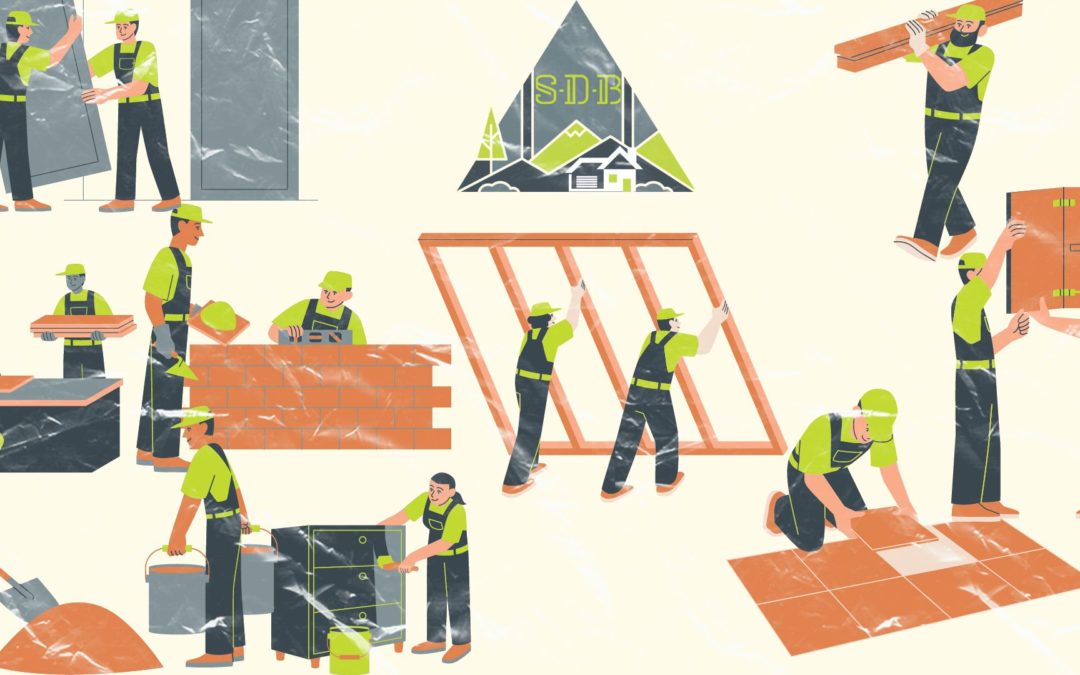
Feb 16, 2023 | Our Process, The Construction Industry
Building a home, remodeling, or performing any kind of home renovation can be an emotional task. It is easy to get carried away with ideas, inspirations, vision boards, and HGTV-fueled dreams. But when it comes down to the actual design and construction of your home renovation reality can be quite harsh. That is why we at Sustainable Design Build aim to be honest and transparent with the financial, emotional, and practical realities of your home renovation project. Let’s break down some of the most challenging aspects of a home renovation project and how one can prepare for it by setting good expectations





























Recent Comments